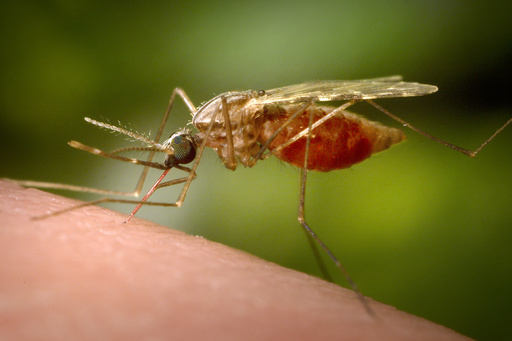China is currently facing a significant chikungunya outbreak, a viral illness carried by mosquitoes, with thousands of confirmed cases predominantly in the southern regions.
The number of reported chikungunya cases surged to 4,014 by Friday, marking a substantial increase since observations began a mere two weeks earlier, per public records from health authorities in Foshan.
Located in the southern Guangdong province, Foshan has been significantly affected by this rise in chikungunya infections.
The situation regarding the chikungunya epidemic is “quite severe,” as noted by Sun Yang, who serves as the deputy director for the National Center for Disease Control and Prevention.
He expressed his concerns at a press briefing in Foshan on Wednesday.
Chikungunya is transmitted through mosquito bites and often results in fever and intense joint pain, though fatalities are infrequent according to the World Health Organization’s assessment.
In response to the outbreak, the Chinese Center for Disease Control and Prevention has dispatched multiple advisories aimed at preventing chikungunya and dengue fever, another mosquito-borne disease.
Recommendations include employing physical barriers like screen doors, mosquito nets for bedding, and using mosquito repellent on uncovered skin.
The epidemic in Foshan is characterized as “imported,” though the specific origins remain unspecified.
Individuals experiencing symptoms such as fever, rash, and joint pain are encouraged to consult medical professionals.
The Shunde district, where nearly 90% of the chikungunya cases have been concentrated, is well-known for its Cantonese cuisine and attracts numerous tourists annually.
Patients confirmed to have chikungunya are being treated in hospitals, where they are shielded by mosquito nets, as depicted in images broadcasted by state media outlet CCTV.
Local media reported on Thursday that authorities have nearly doubled the availability of mosquito-proof isolation beds, now totaling 7,220, to accommodate the rising patient numbers.
Officials in Guangdong are also advising residents to eliminate sources of standing water around their homes, such as in potted plants, coffee makers, or spare containers.
On Thursday, it was revealed by the Foshan Health Commission that failure to comply could result in fines reaching up to 10,000 yuan, or approximately $1,400.
Meanwhile, the Beijing CDC noted that the capital occasionally encounters imported chikungunya cases but has not reported any major outbreaks.
Though there are two chikungunya vaccines that have been approved in multiple countries or recommended for at-risk groups, they are not widely accessible or extensively administered, as stated by the World Health Organization.
This recent outbreak is not China’s first encounter with chikungunya.
In 2010, the province experienced its first spike with 253 cases documented in Dongguan, a neighboring city, according to the Guangdong provincial CDC.
Although there have been sporadic cases in the subsequent years, none reached epidemic proportions.
China’s initial chikungunya case was imported in 1987, as documented in research papers and media accounts.


